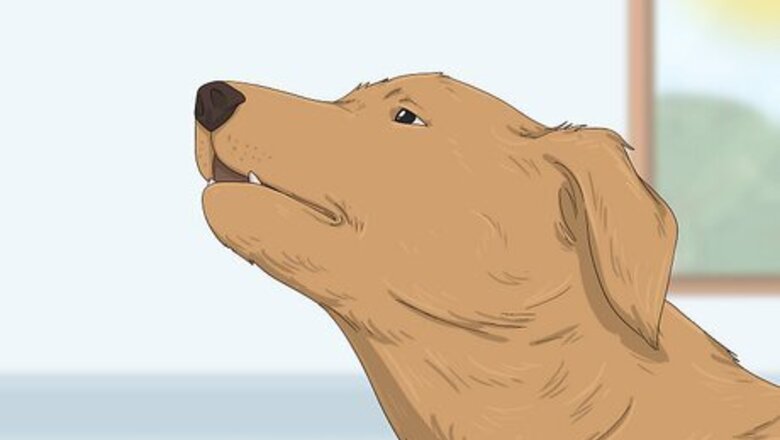
views
X
Research source
Identifying the Source of Your Dog’s Whining

Keep track of when they whine. Is there a particular catalyst for their whining? Which situations cause them to act up the most? Take notes about the context for each time you hear them whining. More often than not, there’ll be a pattern that you can recognize if you’re alert to it. Once you identify the patterns and contexts for their whining, it will help you create a strategy for addressing it.

Figure out if it’s related to a medical condition. If your dog seems to be whining when they make certain movements, assume specific positions, or attempt particular activities, there’s a good chance that they’re expressing pain. There may be a medical reason for their complaint. If you identify such a pattern, take your dog to the vet immediately. For instance, if you notice that your pet is whining whenever they go down the steps, they might have a joint issue. Or, if your pet is whining after each mealtime, they might have a digestive issue or food intolerance. If there is a medical reason for their whining, oftentimes proper treatment will put a stop to it.
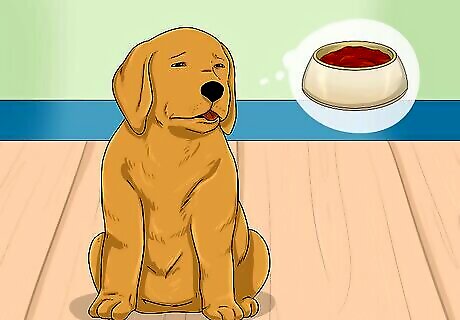
Consider if they’re expressing a need. Puppies instinctively whine when they need something from their mothers. This behavior can carry through to adulthood, and sometimes it is used to express a legitimate need. For instance, your dog may be communicating that they need water or need to go to the bathroom.
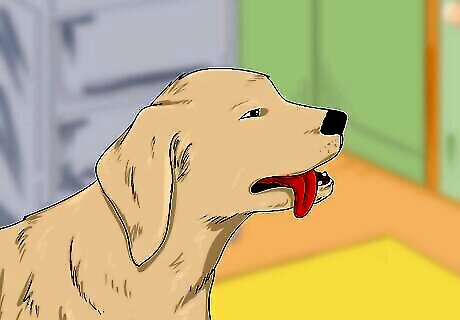
Identify whether it’s related to stress or anxiety. Dogs may whine when they’re worried. If you notice that your dog reaches a fever pitch when they’re facing new or different situations, confronting other people or animals, and/or dealing with your departure, their whining may spring from anxiety or stress. Oftentimes, this kind of whining will be accompanied by other signs of disturbance like panting, drooling, and/or pacing. This type of whining is common for puppies before they have been socialized. It also frequently develops in older dogs as they cope with aging.
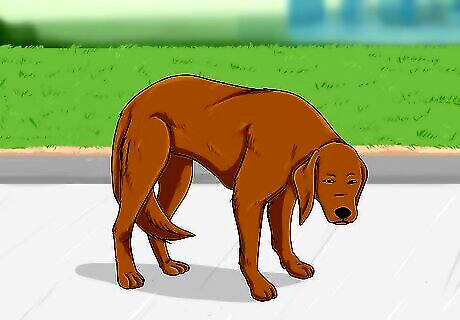
Assess if their whining is a signal of submission. If your dog’s whining is accompanied by signs of physical submissiveness, such as tucking their tail between their legs, lowering their head, or exposing their stomachs, chances are that their whining is expressing appeasement to an alpha. This is normal canine behavior. However, if your dog demonstrates it excessively, you can address it through training.

Ask if it’s related to excitement. Many dogs whine in anticipation of a pleasurable event, like a greeting or a walk. If this type of whining is getting on your nerves, you can train your dog to respond differently to exciting situations.
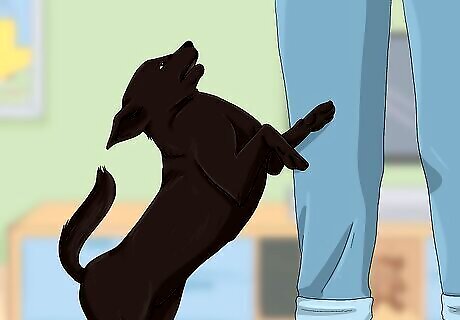
Decide if it’s undesirable, attention-seeking behavior. If your dog is a frequent whiner who uses whining to try to get what they want, it’s graduated into a behavioral issue that should be addressed through training. This type of whining is often accompanied by other forms of physical attention-seeking, such as staring at or pacing around you.
Training Your Dog to Stop Whining
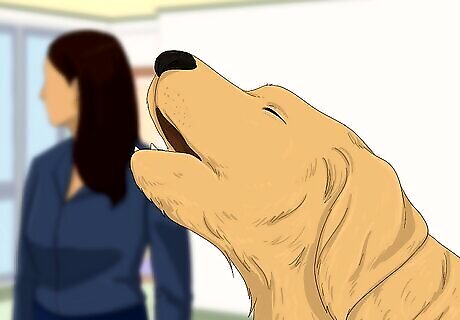
Ignore negative whining behavior. If your dog’s whining is a behavioral issue, training can help address it. The first step is to avoid reinforcing their behavior. Never respond to whining by either scolding or acquiescing to their demands. Communicate the fact that you are ignoring them by calmly but firmly folding your arms and turning away from your dog. Even if your dog is expressing a legitimate need, it’s best to wait to address it until they have stopped whining. Otherwise, you’re teaching them that whining gets results.
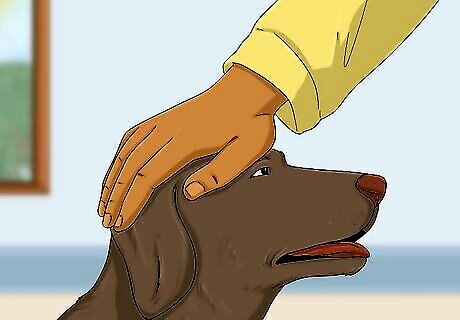
Only give your dog attention when they’re calm. Your pet will figure out that whining does not get them anywhere if you only engage with and attend to them when they’ve stopped whining and settled down. Remember, this includes even negative attention. It’s far more effective to ignore your dog than to yell at them.
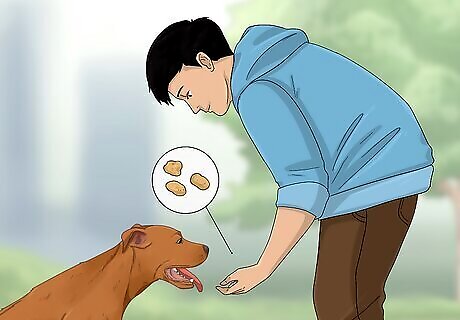
Give your dogs treats for being quiet. If your dog could use additional reinforcement through training, have them practice being quiet. Each time they start whining, ask them to sit. Once they’ve sat down and stopped whining for at least five seconds, give them a treat. Gradually lengthen the amount of time that your dog has to be quiet before you reward them with a treat.
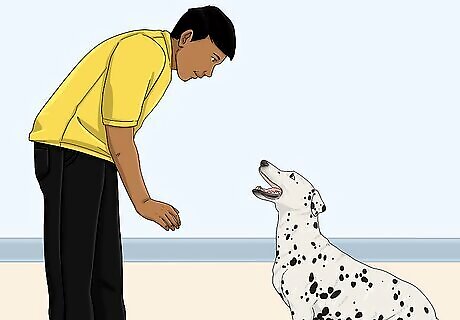
Greet excited whining with calm. While it’s often difficult to hide your enthusiasm for your pet, keeping your “hellos” as short, calm, and understated as you can will help minimize their whining. Resist greeting them with excited exclamations, praise, and affection; your dog will eventually pick up on your tone. Treating your greetings in a mellow, matter-of-fact manner can also help ease any separation anxiety that your dog may feel when you’re away.
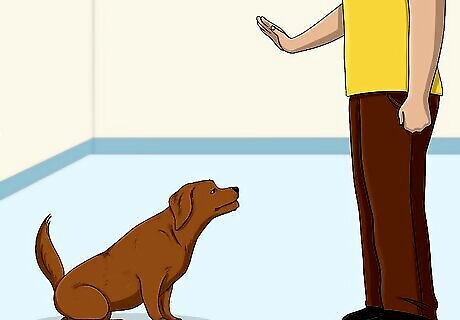
Distract them from excitement. If your pooch is prone to noisy displays of excitement, try distracting them with another task when those situations arise. For instance, if they get excited when visitors arrive, make them sit and wait for a treat while you usher in your guest or give them a favorite toy to play with.

Build your dog’s confidence. If your dog whines out of submission, you can address their behavior by making them feel a bit more dominant. An easy way to do this is through regular one-on-one play sessions. Interactive games, like fetch, tug, or agility training, can go a long way towards diminishing your dog’s whiny submissiveness. Obedience classes that use positive rewards systems can also help boost your dog’s confidence.
Ensuring Your Dog Has No Reason to Whine
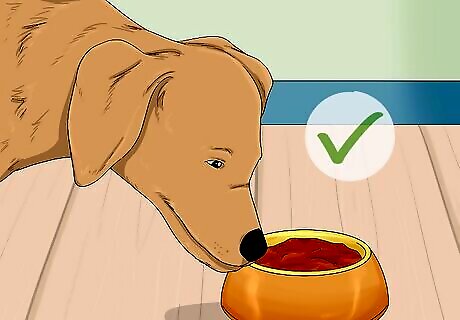
Make sure your dog has adequate food and water. Sometimes, you dog’s whining is simply communicating that they are hungry or thirsty. If your dog’s whining tends to happen around an empty food or water dish, be sure that they always have a full water dish and are being fed an appropriate amount of food.

Let your dog out frequently. Dogs whine when they need to do their business. Head off their whining by letting them out regularly. Adult dogs need to urinate every 8-10 hours. Young puppies need to be let out much more frequently, every 2-3 hours. In addition to taking your pooch on a daily walk, it’s good practice to let your dog out first thing in the morning, last thing before bed, and after each mealtime.
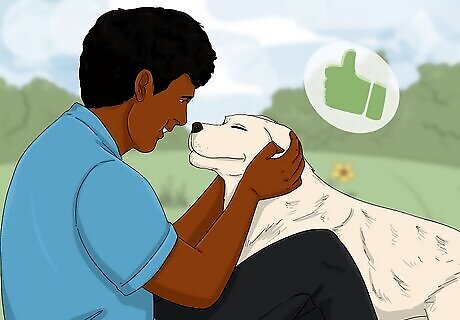
Give your dog attention. Dogs are social beings who crave companionship. If your dog’s whining is an expression of separation anxiety or loneliness, consider spending more time with your dog. If you are unable to give your dog more attention, try arranging for someone to visit your dog regularly, like a neighbor, friend, family member, and/or dog walker. Alternatively, you might consider bringing your pooch to doggy daycare where they can get more daily social interaction.
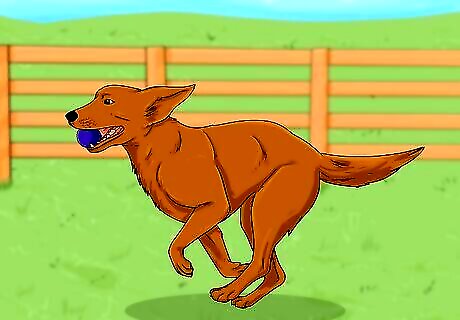
Provide adequate exercise and play. Giving your dog regular mental and physical stimulation goes a long way towards encouraging good behavior throughout the day. Whiny dogs are often bored dogs, so be sure to take your pet out for a walk and play games with them every day.
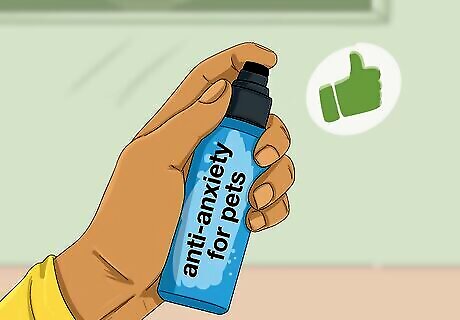
Treat your dog’s anxiety. If anxiety is behind your dog’s whining, seek help from a vet. They can give you advice about training strategies and medical therapies that are specific to your dog’s needs. For instance, there are many anti-anxiety sprays and medicines available that can help ease your dog’s symptoms, like whining.

















Comments
0 comment